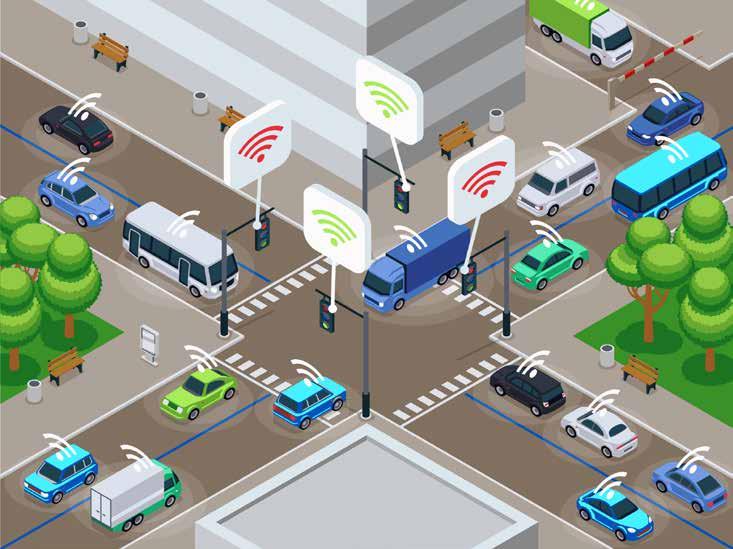
2 minute read
Impact of COVID-19 on the Indian automotive ecosystem
Having visualised the likely scenarios that the broader Indian economy may head towards, we now discuss the implications that the COVID-19 pandemic is likely to have on the Indian automotive ecosystem, i.e., auto original equipment manufacturers (OEMs), auto component manufacturers (ACMs), dealers, auto finance companies, etc.
Advertisement
The auto sector had already undergone considerable slowdown over the last 12-18 months due to structural changes beginning with Goods and Services Tax, shift to Shared Mobility, Axle-load reforms, the Bharat Stage-IV (BSIV) to Bharat Stage-VI (BS-VI) transition, Liquidity Crunch and so on. The COVID-19 lockdown has had a multiplier effect – the industry has almost been at a complete standstill since 24 March 4 . A prolonged truncation of demand due to the lockdown may further dampen consumer sentiments and significantly affect auto OEM revenues and cash flows. In response, companies may resort to starving their R&D funding in order to sustain core operations, and potentially set back the progress made on alternate fuel and mobility technologies by two to four quarters. Eventually, some companies may even choose to take a strategic call to exit unprofitable markets and vehicle segments. Based on our understanding of the industry, and supplemented by discussions with leading auto OEMs and ACMs, we believe that the Indian automotive industry is
likely to witness a prolonged U-shaped recovery
(Scenario 2), with a best-case recovery to FY19 sales volumes expected by FY22.
Auto dealers have been unable to deliver vehicles during lockdown, and have reported 20-30 days of finished goods inventory 5 , likely to be heavily discounted post lockdown. Further, with BS-VI sales mandated from 10 days after lockdown ends (and sale of only 10% of the existing BS-IV inventory in those 10 days) 6 , dealers face significant burden to liquidate unsold BS-IV inventory, estimated to be worth ~INR
6,300 Crore 7 . In this scenario, OEMs will need to support dealer groups, both financially and otherwise, further stressing their own balance sheets.
Auto-suppliers have a high dependence on migrant labour, will hit the firms’ profitability and question the feasibility of
whose absenteeism is expected to further delay revival offerings, as it is very likely that customers may end up
post lockdown, resulting in a domino effect on the entire value chain. Suppliers facing liquidity issues may succumb to deteriorating market conditions, causing widespread disruption across the entire manufacturing ecosystem. Larger players may look to acquire these struggling suppliers in order to realise operational synergies.
Captive finance companies of OEMs are also expected to face the brunt, as the number of loan defaults are likely to go up, leading to high non-performing assets (NPAs). On the other
hand, new customer loan disbursement is expected to go down significantly, as determining the credit worthiness of potential customers is likely to be a challenge. Both of these outcomes continuing operations in these market conditions.
Lastly, the prolonged lockdown will put tremendous strain on the operations of other smaller players (mobility solution
providers, used-car players, and after-market service
providers) whose funding depends heavily on aggressive revenue growth projections. Shared mobility players (ride sharing, car sharing, ride hailing) may have to rethink their
Figure 4. The 3-phase action plan for companies 3
preferring private modes of transportation that guarantee ‘social distancing’, at least in the short term.
Respond
Immediate (during the lockdown)
1-2 months*
* May vary depending on lockdown duration




